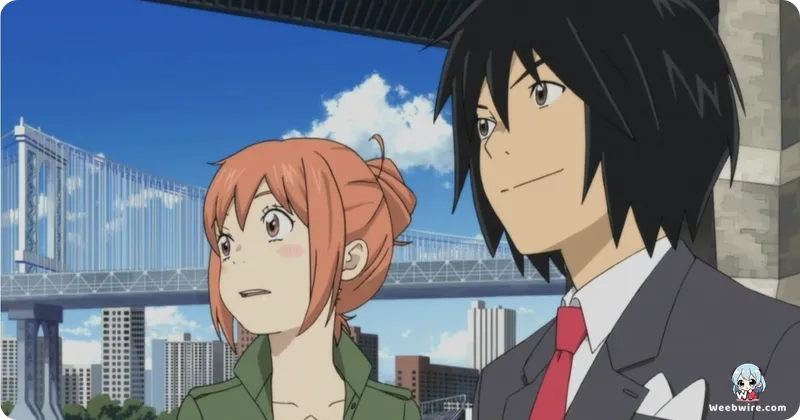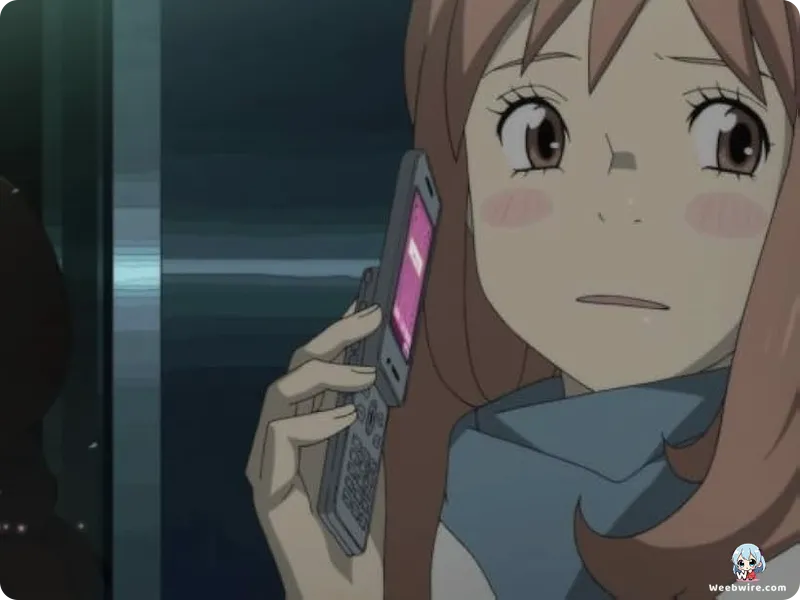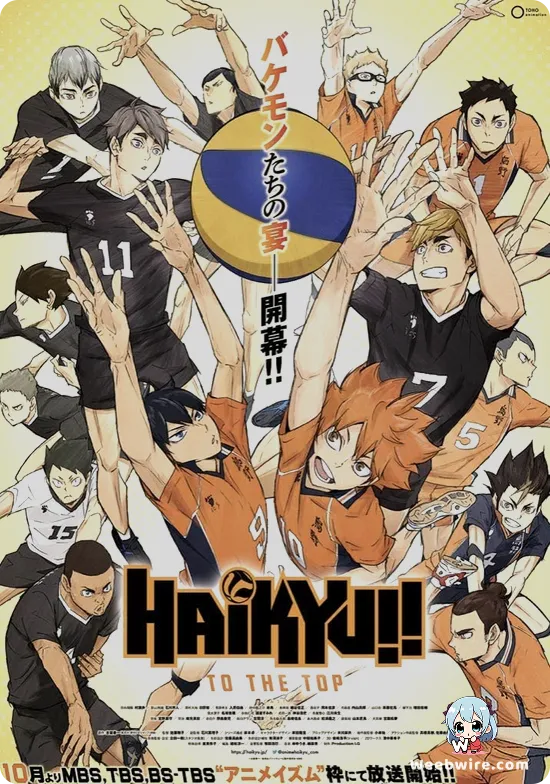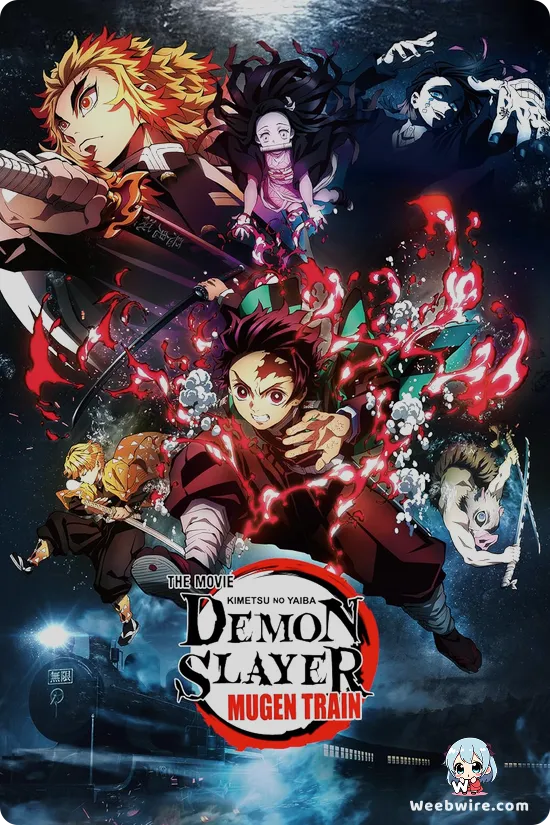Beyond the Game: Unearthing the Enduring Legacy and Hidden Depths of Eden of the East

Over a decade since its 2009 debut, Production I.G's acclaimed anime series, Eden of the East, continues to captivate audiences. Its intricate plot, compelling characters, and profound societal commentary have ensured its lasting appeal. Beyond the thrilling Seleção game and Akira Takizawa's enigmatic presence, a wealth of fascinating insights and behind-the-scenes details further enrich this beloved sci-fi mystery. We delve into the unique elements that solidify Eden of the East as an enduring classic.
A Vision of Originality and Distinctive Design
A standout feature of Eden of the East is its status as an entirely original anime. Unlike many series adapted from existing works, director Kenji Kamiyama, renowned for his work on Ghost in the Shell: Stand Alone Complex, crafted a fresh narrative from the ground up. This creative freedom allowed him to weave a complex tapestry of social critique, psychological drama, and suspense without the constraints of source material. This originality is a testament to Production I.G's visionary approach to storytelling.
Complementing this unique narrative, acclaimed manga artist Chika Umino, known for Honey and Clover, lent her signature charming and melancholic aesthetic to the character designs. Her distinctive style made characters like Akira Takizawa and Saki Morimi visually memorable and distinct, contributing significantly to the series' overall charm.

The Seleção Game and Societal Reflections
The central Seleção game, where twelve individuals are granted 10 billion yen and special phones to 'save Japan,' is far more than a high-stakes plot device. Akira’s phone, aptly named 'Noblesse Oblige,' underscores the profound responsibility that accompanies wealth and power. Each member's approach to their monumental goal reflects diverse ideologies and moral compasses. The constant threat posed by the mysterious 'Supporter' adds layers of tension and ethical dilemmas, forcing characters and viewers alike to ponder the true cost of salvation.
The anime also delves into poignant social commentary, exploring Japan's NEET phenomenon through the 'S.E.E.D.' organization. It thoughtfully examines themes of generational apathy and the potential for collective action. The catastrophic 'Careless Monday' missile attacks serve as a stark and unforgettable reminder of the severe consequences that can arise from unchecked power and societal neglect.
Distinctive Sound and Expansive Storytelling
Auditorily, Eden of the East distinguishes itself with an iconic opening theme, 'Falling Down,' performed by the legendary British rock band Oasis. This collaboration was a rare and significant achievement for an anime, adding a unique international flair. The equally memorable ending theme, 'futuristic imagination' by school food punishment, further solidified the series' distinctive soundscape.
The series' meticulous attention to real-world settings, including locations in Washington D.C. and various Japanese locales, grounds the extraordinary events in a sense of believability. For a complete narrative experience, the story extends beyond its initial 11-episode television run into two theatrical films: Eden of the East the Movie I: The King of Eden and Eden of the East the Movie II: Paradise Lost. These films provide a conclusive resolution to Akira's complex quest, cementing the series' place as a truly thought-provoking sci-fi masterpiece, brought to life by compelling voice performances from Saori Hayami and Ryōhei Kimura.
Credits
Eden of the East
Author
Kenji Kamiyama
Cover Art
Chika Umino
Studio
Production I.G
Publisher
Fuji Television
Producers





